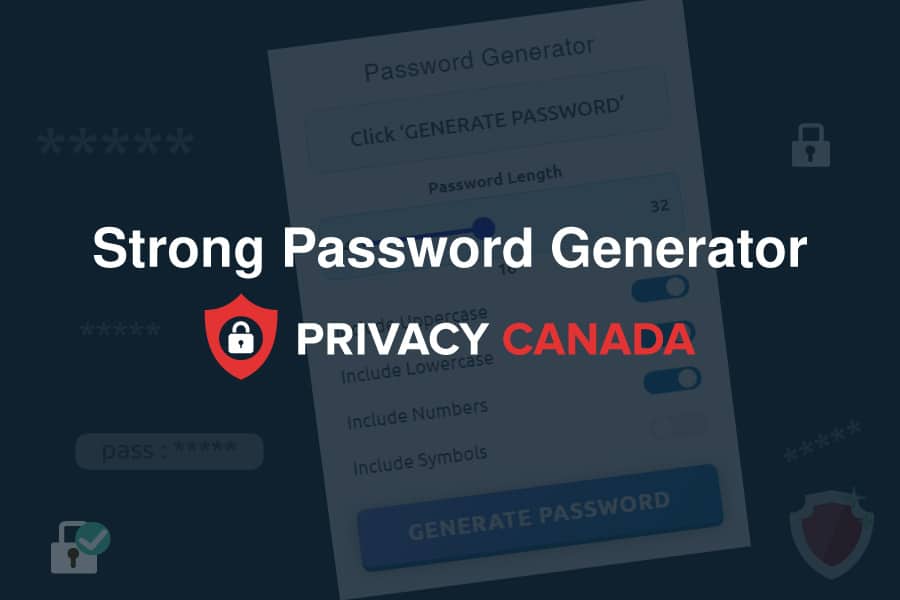Privacy Canada is community-supported. We may earn a commission when make a purchase through one of our links. Learn more.
COVID-19 Online Classes Endanger Children’s Privacy

COVID-19 has hugely digitised many of the ways we interact, and education is no exception. With schools potentially being one of the most at-risk vectors of the pandemic, they were quick to close. But even in an epidemic, education couldn’t afford to simply stop. Into this problem came video-classes, using platforms such as Zoom, Skype, and Google Classrooms.
Often set up by teachers scrambling to find a solution and without official direction, the lack of IT knowledge, unfamiliarity with software, and new privacy issues has left teachers underequipped to deal with a host of new challenges to their children’s safety.
Concerns range from how to implement old safeguard techniques digitally, right up to worries about classroom hacking as a gateway to grooming. Singapore, for example, has banned Zoom classrooms altogether after a hacking incident.
For all the benefits provided by online teaching, digital classrooms may provide just as many dangers to the children they are designed to help.
Rapid Transition to Online Classrooms Endangers Privacy
Universities were first to embrace online learning, and many earlier grades of education later followed suit. However, online education in universities posed significantly fewer issues than K-12 systems; with existing infrastructure and privacy protocols already in place, not to mention a much less vulnerable student body. This may have given a false impression of the challenges online education posed to many teachers looking for quick solutions.
Uneven Online Transitions
Canada’s K-12 systems have seen no uniform policy across the country, meaning the COVID-19 shutdown has led to a variety of online education methods being applied. The effectiveness and security of said methods likewise vary wildly.
Educational boards have had to grapple with a number of differing considerations. Ease of use, software capacity, and rapid implementation have all had to be quickly worked out. Whilst these issues have on the main been overcome, the hurried and variable nature of the implementation means other concerns have often been lost in the rush; foremost amongst these, privacy and online safety.
Zoom Classrooms and Privacy
Whilst by no means the only platform used for virtual classrooms, Zoom’s proliferation in the business world has been mirrored in the educational. Both its benefits and its problems are more pronounced in these educational settings.
Privacy, data gathering, and consent
Zoom, as well as other platforms such as Сkype, gather data as a matter of course. For students using the platform, this includes usernames, date of birth, the student’s school, their device, connection, network, and a plethora of other analytics about their specific usage.
This is part of the course for all users (if this bothers you, check out our comprehensive online privacy guide), but when it comes to students who are children or adolescents, the issue of informed consent comes into the mix. As consent is often given on their behalf, by teachers or parents (who themselves may be uninformed of the data gathered), the student has no choice or chance to consent to their data being gathered.
This would be a violation of the ‘UN Convention for the Rights of the Child’, which states a child’s right to participate in a decision directly affecting them. With this in mind, it’s no wonder so many countries are banning Zoom for their employees.
Though at face value this may seem like a failure of educators and policymakers, it must be remembered that this is beyond their training and expertise, and it is the video call platforms that are knowingly gathering this data of students who may not have consented. Skype, for example, has a dedicated education platform ‘Skype in the Classroom’, that still gathers such data.
Implications for child safety
Whilst the concern over data gathering and lack of consent is in itself worrying, the implications for child safety could be outright dangerous. Phenomenon such as Zoom bombing has taken on more sinister tones, with strangers joining online lessons and harassing the students.
One teacher, Sophia Lennon, expressed worries that educators poorly versed in the technology may not even notice such intrusions in large classes. She went on to say that “if someone hacks it, they can trace the addresses of the [students] and find them…on social media and groom them online”.
The combination of widespread data gathering and at times lackluster data protection, such as Zoom’s mishandling of Taiwanese government data, makes this an uncomfortably plausible possibility.
If you want to know more about child safety and how to protect against online grooming and harassment, go to our kid’s online safety guide.
Children’s Privacy: Solutions
Fortunately, many have recognised the dangers and possible shortcomings in both technology and knowledge. There is now a plethora of online resources available for teachers to consult when considering the online security of their students.
On top of this, there are third-party organizations that specialise in online school safety. Educators and policymakers can sign up to these and take cues from experts such as the Consortium for School Networking, who “provides thought leadership resources, community, best practices and advocacy tools to help [educators] succeed in the digital transformation”.
Services such as these could provide vital resources to help mediate the rapid transition to online learning that teachers and students have had to make.
Conclusion
As COVID-19 lockdown drags on and online classrooms numbers expand, many serious dangers to children’s privacy will continue to grow in tandem. However, there has certainly been a response to this, and it appears that despite often rocky starts, educators are learning to cope with the transition. With increasing online literacy and a greater proliferation of resources, the picture is improving.
This is no reason to not remain vigilant, whether for parents, teachers, or children themselves, but with careful consideration and prudent use of the resources available, Online teaching can be a safe and secure endeavour.
Related Reads:





